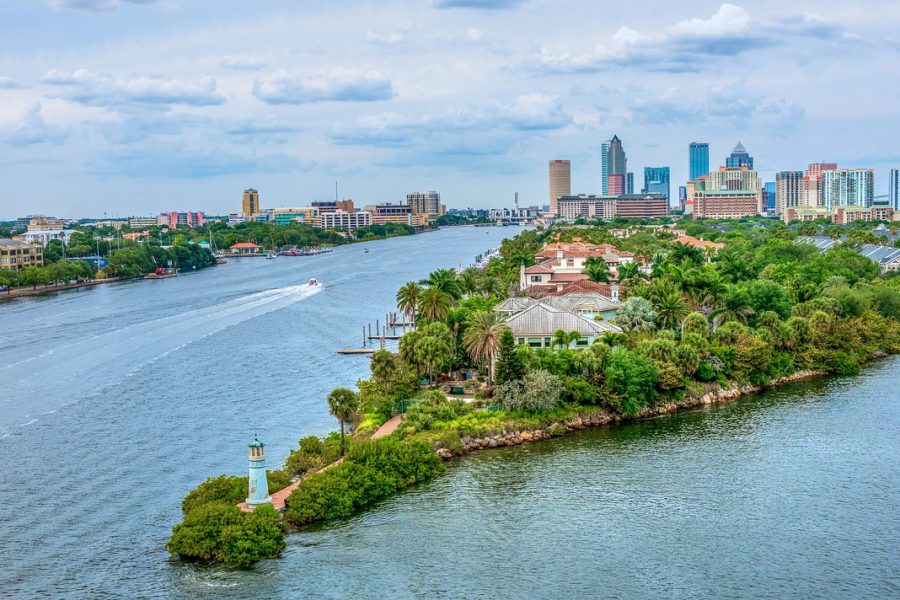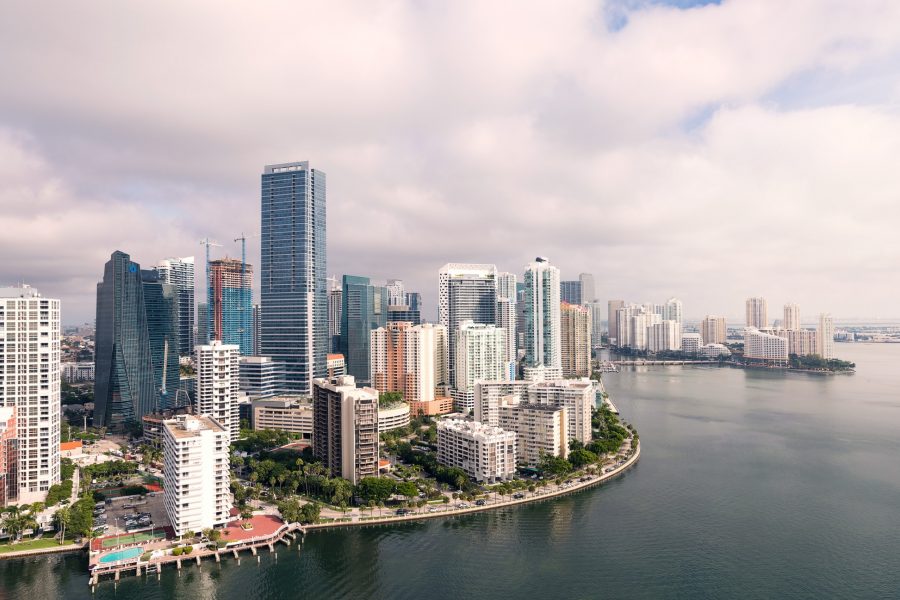As the smart cities movement grows, cities across the world are focusing more and more on furthering technology initiatives. However, the concept of the hyperconnected city — a city that “drives huge benefits to stakeholders by interlinking its assets through latest technology” — has also emerged, according to a new report by ESI ThoughtLab called “Building a Hyperconnected City.”
Launched by Oracle at the Smart Cities Expo World Congress on Nov. 20, the report argues that, by using “the latest technologies to transform and interconnect key areas of their ecosystem — from roads to cars, buildings to energy grids, citizens to government, and cities to cities,” they can attain the full social, economic and business value from technology, thus becoming a hyperconnected city.
“Hyperconnected communities are the art of the possible—future cities that offer vast improvements in the quality of life for citizens and huge potential for efficiencies across government and the connected ecosystem,“ NTT DATA Vice President, Smart World Team William Baver said, per the report.
A major finding from the report is that the average return on investments in hyperconnected initiatives is between three and four percent. The report also lays out an index of 100 hyperconnected cities across the world and includes elements of their experience in hyperconnected initiatives.
To construct the index, the report’s authors examined 171 cities around the world that they identified as being hyperconnected, based on secondary sources. The authors then carried out bench-marking studies of 100 of those cities and used the data to analyze the cities based on four pillars of transformation: technology, data & analytics, citizen connectivity & engagement and cybersecurity. The authors then built the index based on rankings within those pillars.
“Hyperconnected cities are not just about technology. They go beyond the concept of smart cities by connecting government, business, academia, and citizens. When all four are aligned, cities achieve the greatest economic, business, and social benefits.” said Franco Amalfi, Oracle director of innovation, public sector, per the report.
The report identifies three levels of hyperconnected city maturity: leaders, advancers and implementers. Of all 100 cities, 23 of them are U.S. cities. Among those, six are leaders, 15 are advancers and two are implementers. To view the full report, click here.
We’ve included all 23 U.S. cities here, from lowest ranking to highest. We’ve also included detailed information about what their maturity level means, where they ranked among the rest of the international cities and if they placed in the top 20 places in any of the four pillars.
Is your city in the index of 100 hyperconnected cities?
























